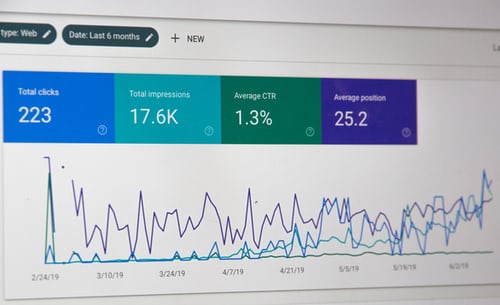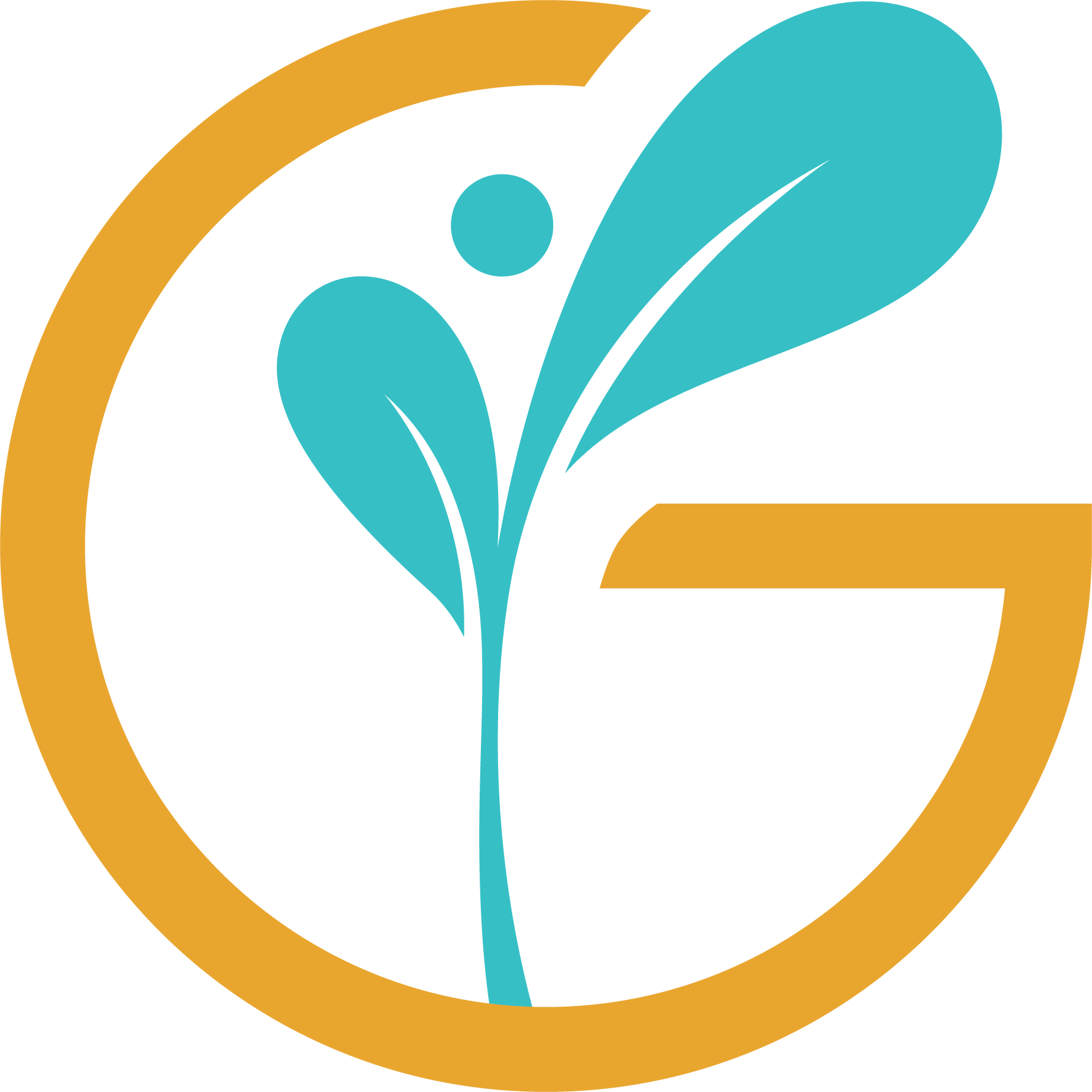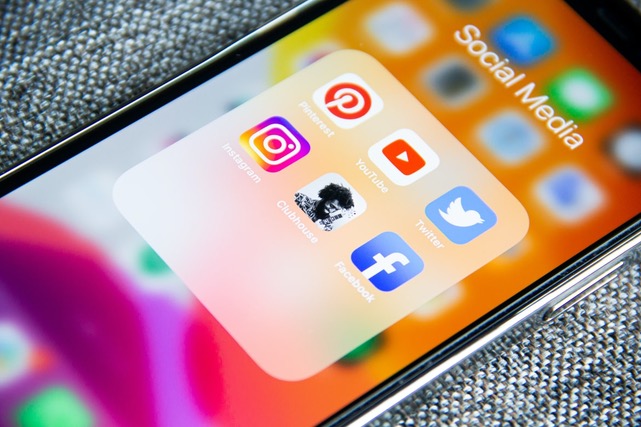Which targeting option is best for achieving brand awareness?
There are many different options to consider when deciding which targeting option is best for brand awareness.
Google ad products, including Youtube, give us an unprecedented ability to target our marketing efforts to maximise impact. Gone are the days of running expensive broadcasts on cable TV, hoping that the right person sees your ad at the right time—today’s digital marketplaces allow for highly specific and contextual targeting with minimal effort.
But different targeting methods serve different purposes. For example, in order to drive conversions (sign-ups) for a B2C SaaS product, in-market audience targeting would be the way to go.
So which targeting option is best for achieving brand awareness?
Google offers several different types of audience and content groups for targeting purposes. You can pick which audiences you want to target (or build custom segments) and your ads will be shown to those groups.
In order to showcase which targeting option is best for brand awareness, I’ll attempt to briefly explain each audience group along with an example of how it would apply to a real-world product. Use this as a handy guide to simplify your Google audience selection process.
Affinity audiences: audiences that have an interest in the broad subject-matter of your product/service.
Example: ‘Technophiles’: individuals interested in technology. This interest can be about anything—from existing tech products, to trends to even history, and can be for professional use or simply out of a personal interest.
This is a broad category so it’s best used for driving awareness, where the intention is to get the most number of eyeballs (while still being relevant).
In-market audiences: These are users who have recently searched for a product/service like yours i.e. they are “in the market” for your product.
This category is best for driving conversions as users are further down the purchasing funnel, having shown intent.

Demographics: You can also segment and target audiences based on demographic details like age, gender etc.
This is not a meaningful criteria for audience segmentation on its own, as it is too general (unless you are marketing a product that is highly specific to one demographic group). For example, if you are marketing tampons, then using a demographic-based target group for women only, between the ages of 15-45 would be useful for driving awareness.
Custom Intent: This is a category that combines purchase intent and overall interest. You can use a combination of keywords, URLs and apps to target customers that are a) interested in the subject-matter of your product/service, and b) show an intent to purchase such a product/service.
Example: You are marketing running shoes designed for long-distance runners.
Keywords: relevant keywords could be ‘marathon running shoes,’ ‘best long-distance running shoes’ etc. Specify these keywords when setting up your segment and your ads will be targeted to users searching for these keywords.
URLs: your potential customer could be visiting websites related to nutritional supplements, running blogs etc. If you specify these URLs in your custom segment, the ad will target users visiting these URLs.
Apps: your potential customer could have downloaded an app that maps run distances and time.
If you specify this app in your custom segment, then the ad will be targeted to users who have recently downloaded or looked at the app you have specified.
Remarketing: These are users that have interacted with your business—you can segment and target users that have interacted with your business in any of the following ways:
Website and app visitors: people who have visited your website and/or apps.
Customer Match: Reach your existing customers based on your CRM data.
Similar segments: Reach new users with similar interests to your website visitors or existing customers.

In general, which targeting option is best for driving brand awareness will depend on the nature of your product/service. But solely from the point of view of audience groupings available within Google, affinity audiences are a good way to go. However, this is most effective when combined with a corresponding content target group.
Google offers 4 content groupings for targeting purposes:
Topics
Placement
Content keywords
Display expansion for search
For driving awareness, topic-based segmentation is an effective method.
In the next article, we’ll go into detail about what these content-based targeting options are, real-world examples of their application, and which ones to use for which marketing goal.
Leave us a message.
Leave us a message and we will get back to you shortly.
We look forward to hearing from you.
© Designed & powered by Young Growth Consulting
© Designed & powered by Young Growth Consulting



0 Kommentare